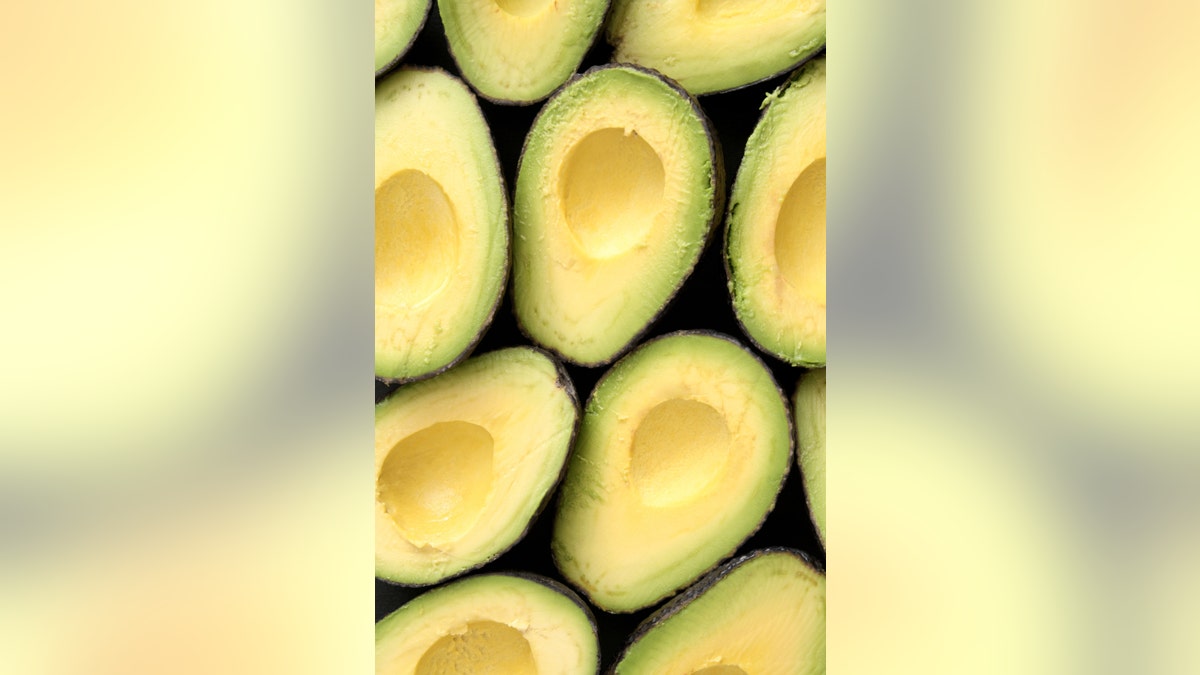
Want to make some amazing avocado toast? You have to pick the perfect fruit. (iStock)
You love avocado toast. You know how to make it. The question is, is it the best avocado toast it can be?
I’m not referring to bread choice, slicing technique, or how you pretty it up for Instagram. Next-level avocado toast starts with one thing and one thing only: good avocados. And getting a good avocado is all about what happens at the grocery store.

Avocados are that rare fruit that ripen off the tree, but you’re lucky if you come across a textbook-ripe one right off the bat. Most are either rock-hard or they’ve been “digitized," industry lingo for pressed and poked to the point of no return.
“We spend a lot of time asking—I won’t say admonishing—but asking consumers not to digitize. It’s like, ‘Don’t use your fingertips,” says Jan DeLyser, vice president of marketing for the California Avocado Commission.
Even if you’re not a squeezer, you can still mess up a perfectly fine avocado by not storing it properly at home. Here's what you need to know to do it right:
Avocados are always in season
California has a robust avocado season that runs from March through September, but the majority of avocados we eat are imported year-round from elsewhere (mostly Mexico). The dominant variety, which accounts for 95 percent of what’s eaten in the United States and is the type that’s probably in your fruit bowl right now, is the Hass avocado.
Growers and retailers like the Hass for its durability and long shelf life. For us eaters, the Hass has another advantage. Unlike other varieties, its skin darkens as it ripens, making it easier to tell when it’s ready to eat.
More from Epicurious
11 Easy, Breezy Pastas for Your Next Summer Dinner Party
The Epic Hack to Peeling Hard Boiled Eggs Faster
15 Delicious Ways to Cook with Cream Cheese
There's a Right—and wrong—way to choose an avocado
The skin on a Hass generally goes from green to nearly black when ripe. That said, color isn’t the best indicator of ripeness.
“There are times of the year when the fruit can be dark but not ripe," DeLyser says.
The best way to tell? Cradle the avocado in the palm of your hand—emphasis on palm, not fingertips—and give it a gentle squeeze. If it feels soft and gives a little, it’s ready.
Avoid avocados that feel mushy or have dents and dips in the skin. A bright-green avocado that’s nowhere near soft is better than an overripe one any day.
Avocados can be ripened at home
A hard, green avocado will ripen in four to five days. Just leave it on the countertop at room temperature. If you can’t wait that long, put it in a paper bag with an apple or banana. That’ll trap the ethylene gas released by the fruits and speed up ripening, says DeLyser.
Once ripe, eat the avocado in the next day or two, or store it whole and uncut in the refrigerator for up to three days. Cold slows down ripening, so don’t buy unripe avocados and put them in the refrigerator. They won’t ripen properly, if at all.
